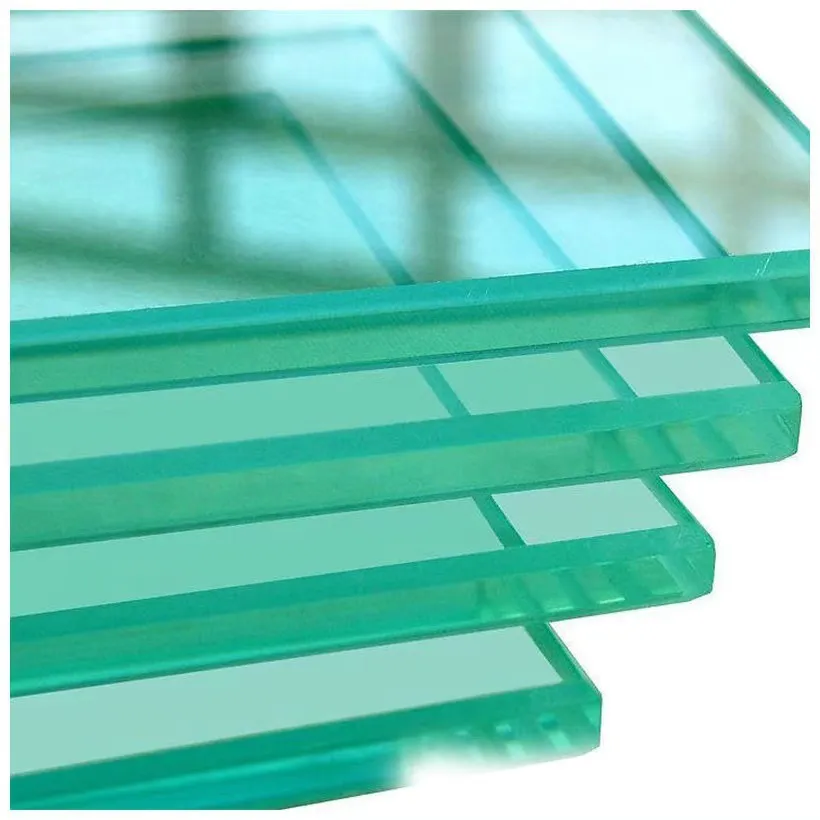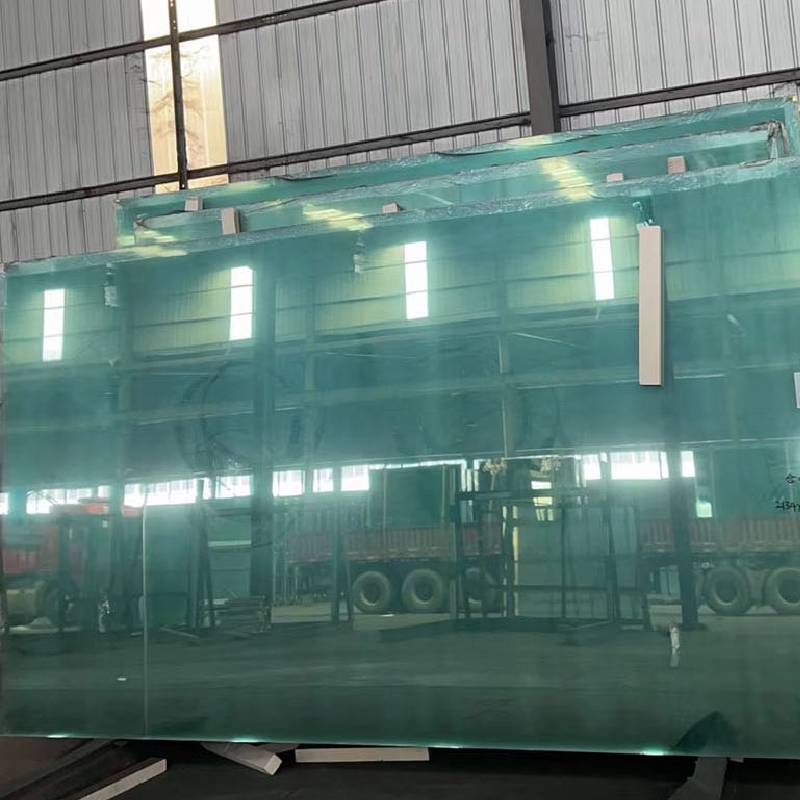- Introduction to Architectural Glazing
- Technical Advantages of Modern Glazing Systems
- Performance Comparison of Leading Manufacturers
- Custom Solutions for Diverse Architectural Needs
- Case Studies: Glazing in Commercial and Residential Projects
- Sustainability Metrics and Industry Standards
- Why Architectural Glazing Defines Contemporary Design

(what is architectural glazing)
What Is Architectural Glazing?
Architectural glazing refers to engineered glass solutions that combine structural integrity with aesthetic flexibility. Unlike conventional windows, these systems utilize tempered or laminated glass with interlayers capable of bearing loads up to 3.5 MPa. The global market reached $52.8 billion in 2023, driven by demand for energy-efficient buildings that reduce HVAC costs by 15-40%.
Technical Advantages of Modern Glazing Systems
Advanced glazing products feature:
- Low-E coatings reflecting 98% of infrared light
- Dynamic tinting glass reducing solar gain by 72%
- Acoustic insulation blocking 50 dB exterior noise
Triple-glazed units now achieve U-values of 0.28 W/m²K, surpassing ENERGY STAR's 0.32 benchmark.
Performance Comparison of Leading Manufacturers
| Vendor | U-Value | Impact Resistance | Warranty | Cost/m² |
|---|
| The Architectural Glazing Co. | 0.29 | Class 4 | 25 years | $340 |
| EuroGlaze Ltd | 0.31 | Class 3 | 20 years | $310 |
| VetroTech | 0.33 | Class 2 | 15 years | $285 |
Custom Solutions for Diverse Architectural Needs
Specialized glazing configurations address:
- Curtain walls spanning 18m without intermediate supports
- Switchable privacy glass transitioning in 0.15 seconds
- Bird-safe patterned glass reducing collisions by 89%
Case Studies: Glazing in Commercial and Residential Projects
Office Tower, London: 12,000m² of photovoltaic glazing generates 210 MWh/year. Coastal Residence: Hurricane-rated glass withstood 245 km/h winds during 2023 cyclones.
Sustainability Metrics and Industry Standards
BREEAM-certified glazing systems contribute 14 LEED points through:
- 98% recyclable material composition
- Embodied carbon below 16 kgCO₂/m²
- Passive House Institute-certified thermal performance
Why Architectural Glazing Defines Contemporary Design
The architectural glazing company ecosystem continues innovating, with 73% of skyscrapers now using unitized curtain walls. As 82% of architects specify high-performance glazing products annually, these solutions remain crucial for merging technical precision with visual elegance in modern construction.

(what is architectural glazing)
FAQS on what is architectural glazing
Q: What is architectural glazing?
A: Architectural glazing refers to the use of glass in building design to create structural or decorative elements. It includes windows, facades, skylights, and curtain walls to enhance aesthetics and energy efficiency. This technique balances natural light, thermal performance, and visual appeal.
Q: What services does an architectural glazing company provide?
A: An architectural glazing company specializes in designing, manufacturing, and installing glass systems for buildings. Services include custom facade solutions, energy-efficient glazing, and maintenance. They ensure compliance with safety standards and sustainability goals.
Q: What are common architectural glazing products?
A: Key products include curtain walls, structural glazing systems, insulated glass units, and frameless glass doors. Advanced options like solar-control glass and fire-rated glazing are also available. These products cater to commercial, residential, and industrial projects.
Q: Why choose a specialized architectural glazing company?
A: Specialized firms offer technical expertise in complex glass installations and innovative designs. They provide tailored solutions for acoustics, thermal performance, and safety regulations. Their experience ensures durable, high-performance results for modern buildings.
Q: How does architectural glazing improve building sustainability?
A: Modern glazing products reduce energy consumption through improved insulation and solar heat control. Low-emissivity (Low-E) glass and double-glazed units minimize carbon footprints. Sustainable glazing supports green building certifications like LEED and BREEAM.
 Afrikaans
Afrikaans  Albanian
Albanian  Amharic
Amharic  Arabic
Arabic  Armenian
Armenian  Azerbaijani
Azerbaijani  Basque
Basque  Belarusian
Belarusian  Bengali
Bengali  Bosnian
Bosnian  Bulgarian
Bulgarian  Catalan
Catalan  Cebuano
Cebuano  Corsican
Corsican  Croatian
Croatian  Czech
Czech  Danish
Danish  Dutch
Dutch  English
English  Esperanto
Esperanto  Estonian
Estonian  Finnish
Finnish  French
French  Frisian
Frisian  Galician
Galician  Georgian
Georgian  German
German  Greek
Greek  Gujarati
Gujarati  Haitian Creole
Haitian Creole  hausa
hausa  hawaiian
hawaiian  Hebrew
Hebrew  Hindi
Hindi  Miao
Miao  Hungarian
Hungarian  Icelandic
Icelandic  igbo
igbo  Indonesian
Indonesian  irish
irish  Italian
Italian  Japanese
Japanese  Javanese
Javanese  Kannada
Kannada  kazakh
kazakh  Khmer
Khmer  Rwandese
Rwandese  Korean
Korean  Kurdish
Kurdish  Kyrgyz
Kyrgyz  Lao
Lao  Latin
Latin  Latvian
Latvian  Lithuanian
Lithuanian  Luxembourgish
Luxembourgish  Macedonian
Macedonian  Malgashi
Malgashi  Malay
Malay  Malayalam
Malayalam  Maltese
Maltese  Maori
Maori  Marathi
Marathi  Mongolian
Mongolian  Myanmar
Myanmar  Nepali
Nepali  Norwegian
Norwegian  Norwegian
Norwegian  Occitan
Occitan  Pashto
Pashto  Persian
Persian  Polish
Polish  Portuguese
Portuguese  Punjabi
Punjabi  Romanian
Romanian  Russian
Russian  Samoan
Samoan  Scottish Gaelic
Scottish Gaelic  Serbian
Serbian  Sesotho
Sesotho  Shona
Shona  Sindhi
Sindhi  Sinhala
Sinhala  Slovak
Slovak  Slovenian
Slovenian  Somali
Somali  Spanish
Spanish  Sundanese
Sundanese  Swahili
Swahili  Swedish
Swedish  Tagalog
Tagalog  Tajik
Tajik  Tamil
Tamil  Tatar
Tatar  Telugu
Telugu  Thai
Thai  Turkish
Turkish  Turkmen
Turkmen  Ukrainian
Ukrainian  Urdu
Urdu  Uighur
Uighur  Uzbek
Uzbek  Vietnamese
Vietnamese  Welsh
Welsh  Bantu
Bantu  Yiddish
Yiddish  Yoruba
Yoruba  Zulu
Zulu 


